Federated image Exchange Network
Nexus
federated umbrella on a healthcare network
With the Nexus Network, experience easy and fast sharing and exchanging of medical images and reports.
The Nexus solution is to create an information network for sharing and exchanging medical images consisting of imaging centers as nodes connected to a central proxy server that is responsible for image indexing and searching. In this way, although medical images are stored locally in the imaging center, they can be accessed and viewed regionally from all centers connected to the information network.
Faster Access to all information
For an authorized doctor to access the image of a patient in another imaging center, there is no need to file an official request and wait for approval. The access permission is specified in advance and it is possible to view the image in real time. The wait for images shrinks from hours to just seconds.
All information is instantly available, not just an image. In real-time, diagnostic reports, other images of the patients in other imaging centers, and clinical information about them will be available to the physician.
Reduced costs & No rework or repetition
The most important work of Nexus is that it eliminates the high costs of setting up large cloud and physical data centers. On a smaller scale, the Nexus is the end of the job of exchanging images to CD or printing them on film.
There is no need to re-create patient and user IDs to connect to Nexus. Access will also be created once in Nexus and at the top level. No data and information is stored in multiple places and in the same way.
How is Nexus as a federated network?
A federated network is a network model in which a number of separate networks or locations share resources (such as network services and gateways) via a central management framework that enforces consistent configuration and policies. Management, control, and data planes are distributed over multiple networks or locations and managed as a single entity.
This allows for streamlined operations, as an administrator can set policies for the entire federated network, rather than applying them to each network separately, creating a uniform environment across all sites.
What does Nexus look like?
The Nexus network, like all communication networks, is composed of nodes. These nodes can be information resources, communication gateways, and clients or users.
Clients:
By connecting to the gateways, clients become part of the network and gain the ability to search for and view information.
The most important clients in the Nexus network include:
Radiologists, referring physicians, professors and students, research and academic institutions, private or government organizations, regulatory and governmental agencies, and other healthcare systems and networks.
Gateways:
As vital nodes in the network, gateways connect to multiple information resources and are responsible for managing roles and access, creating automated workflows, providing search results, and viewing final information for clients. Essentially, gateways are Nexus servers.
Information Resources:
These are the places where patient clinical information, images, and relevant diagnostic reports are stored.
They can be imaging centers, radiology clinics, and hospitals where information is centralized, or data centers, clouds, or any server where information is stored.

Nexus Network in Simple Terms
In its simplest form, the Nexus network consists of several nodes as information sources, one node as a gateway, and multiple clients.
In this network, each client connects to the gateway based on the access granted to them and starts searching for their desired information in the user interface. This information may exist in any of the information resource nodes. Nexus is responsible for finding the information, transferring it to the client, and displaying it.

Client's view of Nexus
Each client has a different objective when connecting to the Nexus medical image exchange network. The scenario you encounter as a client can vary and influence your approach to leveraging the value of the Nexus network. In the following, you can explore scenarios related to your specific needs.
new ideas, More innovations.
We’re here.